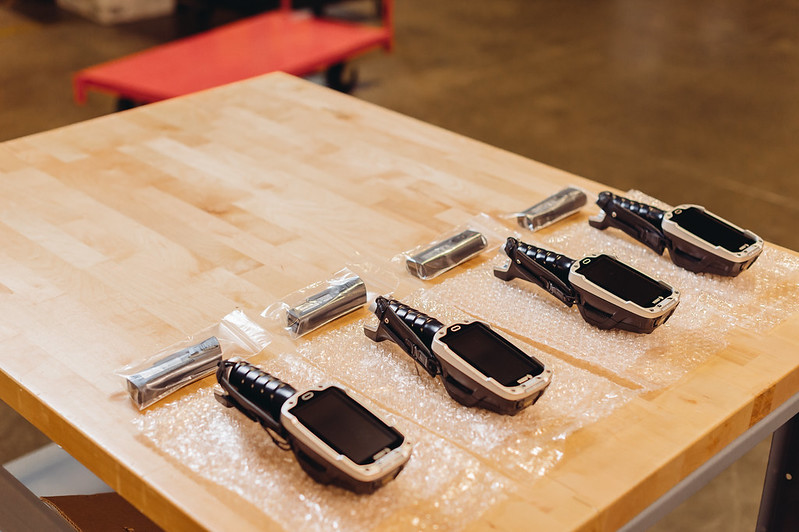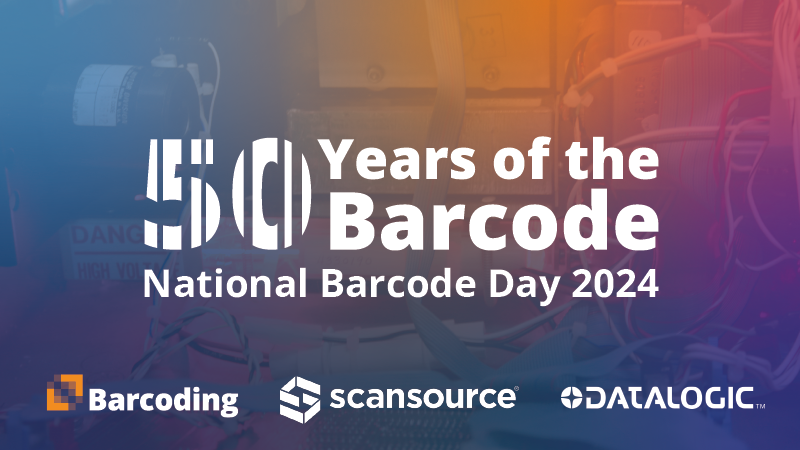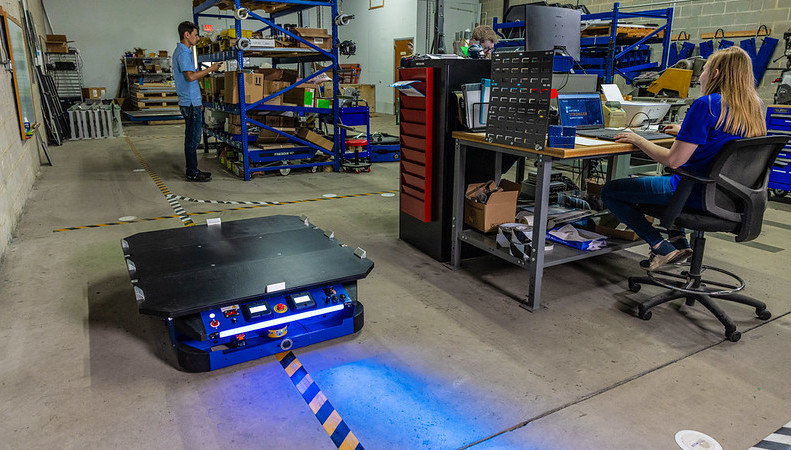Two things can put the success of a mobile device deployment at risk. The first is the inherent complexity – something that often results in organizations “back burner-ing” these projects and prolonging the benefits they could realize. The second is scope creep. Companies often rush to deployment only to find out, as the project evolves, that they didn’t consider many important factors…and they’re forced to start again at square one.
In order to avoid both these pitfalls, whether you’re considering deploying a mobile device program on your own or planning to leverage a partner, it’s important to get the right questions asked and answered – at the right time: before you develop your strategy.
Questions To Answer Before Setting Your Mobile Device Strategy
A thoughtful mobile device strategy is about more than just the technology. A successful program can be developed only after evaluating several factors, including existing internal processes, and the people who will be using the devices. (In fact, these three together are at the heart of Barcoding’s Process, People, Technology (PPT) philosophy, and one reason our approach helps ensure successful deployment.)
Let’s take a look at some of the considerations that influence a sound mobile strategy and deployment.
Your Goal. What are you trying to accomplish today…and what do you anticipate needing to do in the foreseeable future? Identifying what it is you want to be able to do, for your company and your customers, is the most critical step in the deployment process. As we help you articulate your goals, the Barcoding team will also apply deep knowledge and insights to help uncover opportunities that you may not have considered.
Your Processes. Are your existing processes working well for all internal teams? Are they efficient? Part of what we do is to make sure you have the right processes in place and offer an objective assessment of your current operations. In some cases we may recommend a process change to facilitate optimum efficiency. We also look for potential areas for improvement, and support our findings with a return-on-investment analysis. At all times, our goal is to deploy and manage a solution that positively impacts your employees and your customers.
Your Users. If your users don’t embrace the new technology, your implementation will stall – or completely fail. Understanding who users are (truck driver, warehouse worker, medical technician, etc.), what they need, and how they’ll use the devices are key to getting buy-in from the team and ensuring quick and full adoption. All these factors influence the design of an effective plan.
Your Resources. There are a number of resource-related factors to consider here, including labor, cost, program management, and bandwidth:
- What labor resources do you have available? With the push for digital transformation and an increasingly larger number of channels to manage, IT leaders must deftly manage how they’re allocating their limited resources. Many turn to third parties to help relieve the burden around mobile IT management and free up internal resources to do more value-added work, like focusing on innovation.
- Will you lease or buy? If you purchase your mobile devices you can expect to have to replace them within a couple years – such is the nature of rapidly evolving technology. Aging devices also tend to need repairs. For these reasons leasing is sometimes a more financially favorable approach, as many integrators include insurance, support, device data review, software updates, and more in a bundled mobility-as-a-service deal that encompasses all the costs of a deployment. Additionally, leasing takes the responsibility of planning for obsolescence off your plate – your partner will handle that, allowing you to move seamlessly to the next generation of devices without having to manage the “rip and replace” process
- What approach suits you best? Will you have workers use their own devices (referred to as BYOD, or Bring Your Own Device) and load them with the appropriate software? Or will you issue devices to workers (an approach called COPE, or Corporate Owned Personally Enabled)? Or some other option? Each has its advantages and disadvantages. If you issue phones to workers, for example, you’ll have the responsibility for configuring, managing and securing them, yet there are advantages: The process of enrolling workers, standardizing devices across the organization, and controlling how they’re used are all easier.
- What’s your bandwidth? Your facility may not have the bandwidth and other infrastructure necessary to deploy the plan that best aligns with your needs. Barcoding will help determine ongoing needs to ensure optimized performance of your system.
A THOUGHTFUL STRATEGY LEADS TO SUCCESSFUL DEPLOYMENT
A mobile device deployment requires the juggling of several moving parts, and for a time will be fairly time-intensive. There’s ongoing work, too, and a need for regular analysis to determine how things are working and identify improvement opportunities.
Most organizations find that the best approach for ensuring success – and one that saves time and money – is to partner with an experienced integrator that can execute all facets of the program, including procurement, configuration, activation, support, and more. If that’s the route you decide to take, make sure you choose a partner that places a high value on not just the technology, but on the processes and people who will leverage that technology, too.
Ready to start seeing the benefits of a well-designed mobile device project? Start by reaching out to Barcoding to schedule a consultation.







